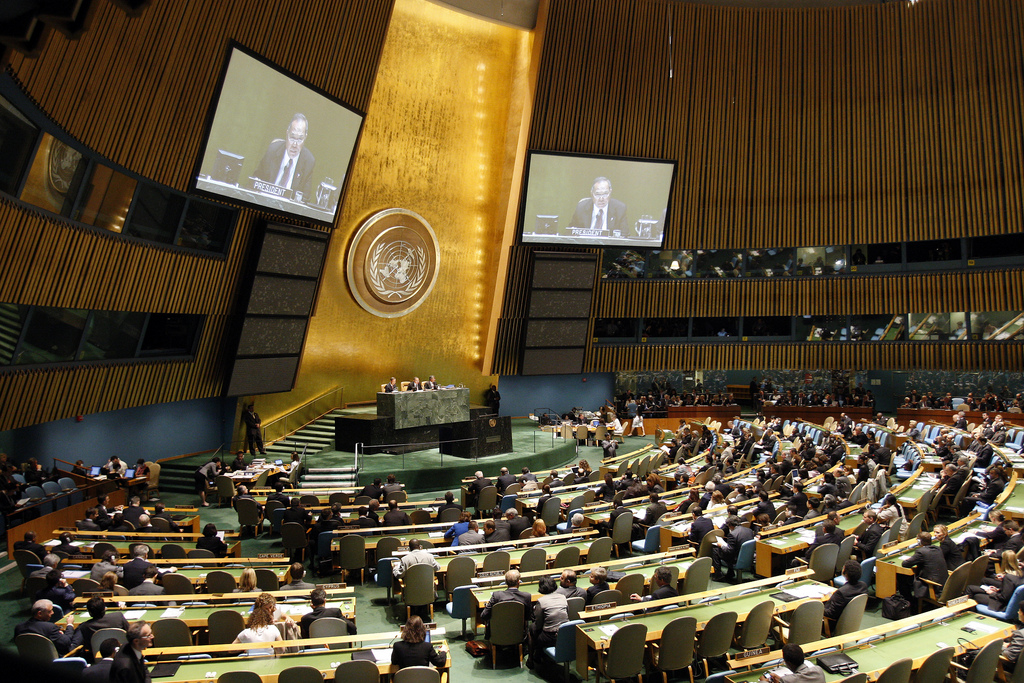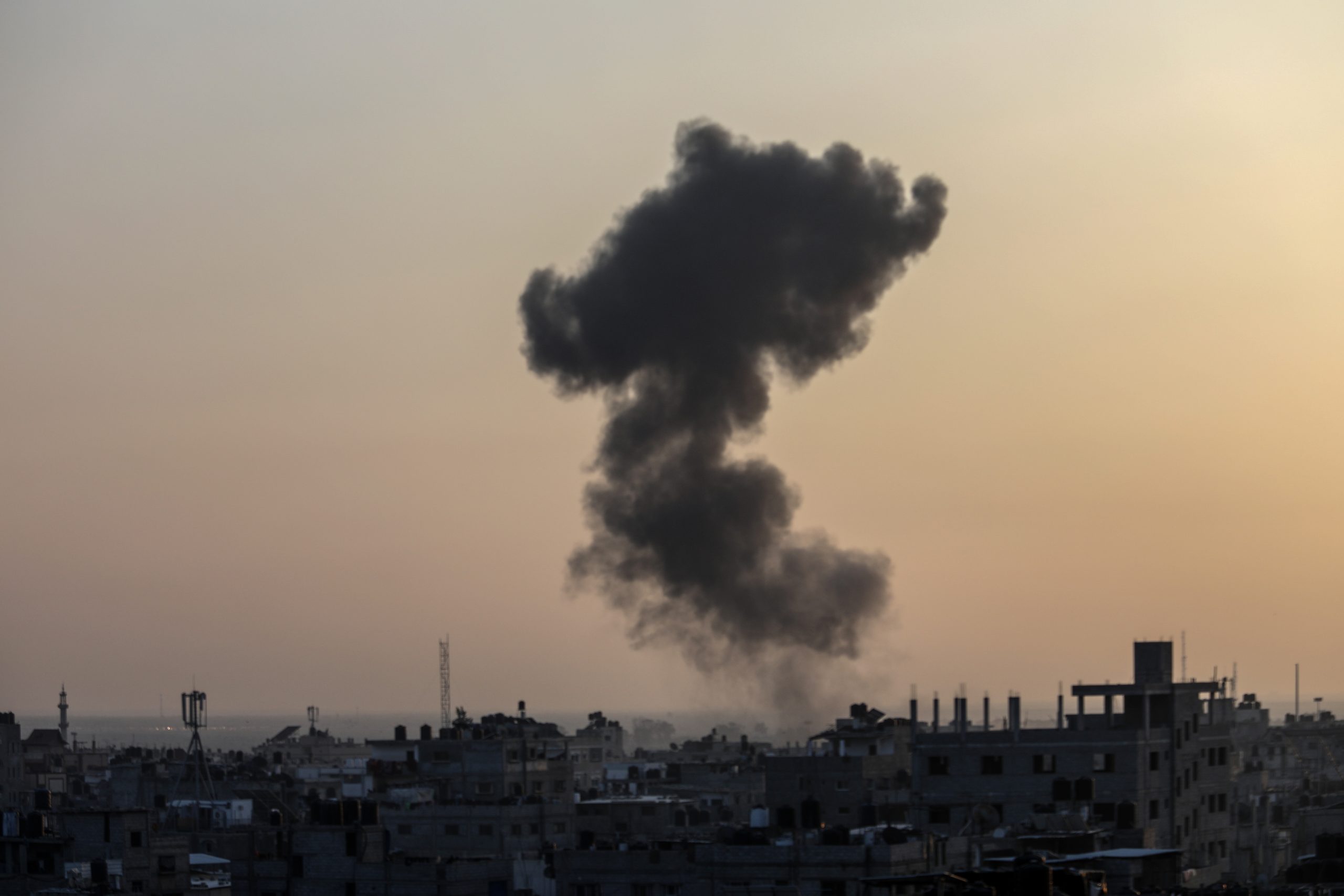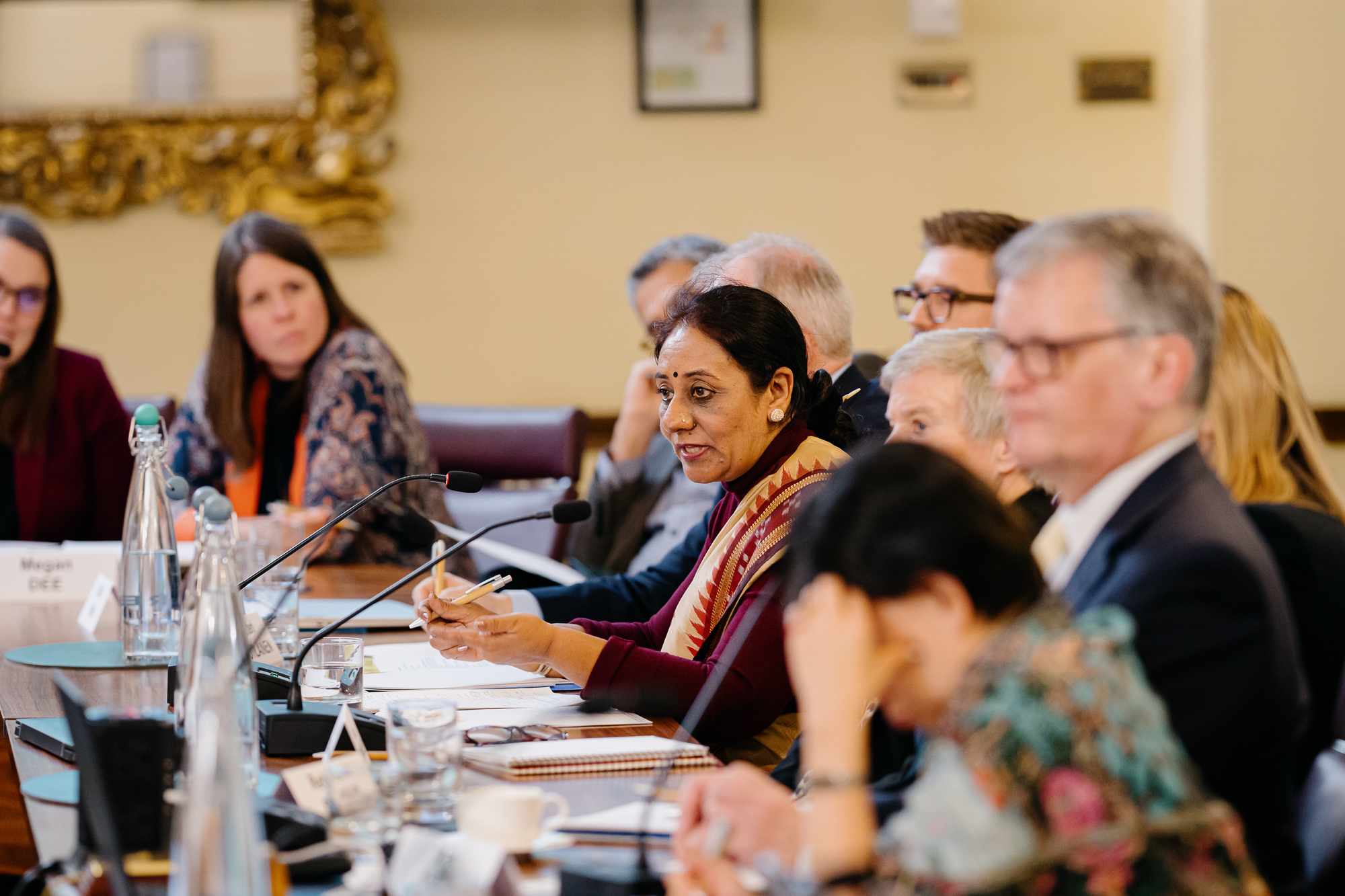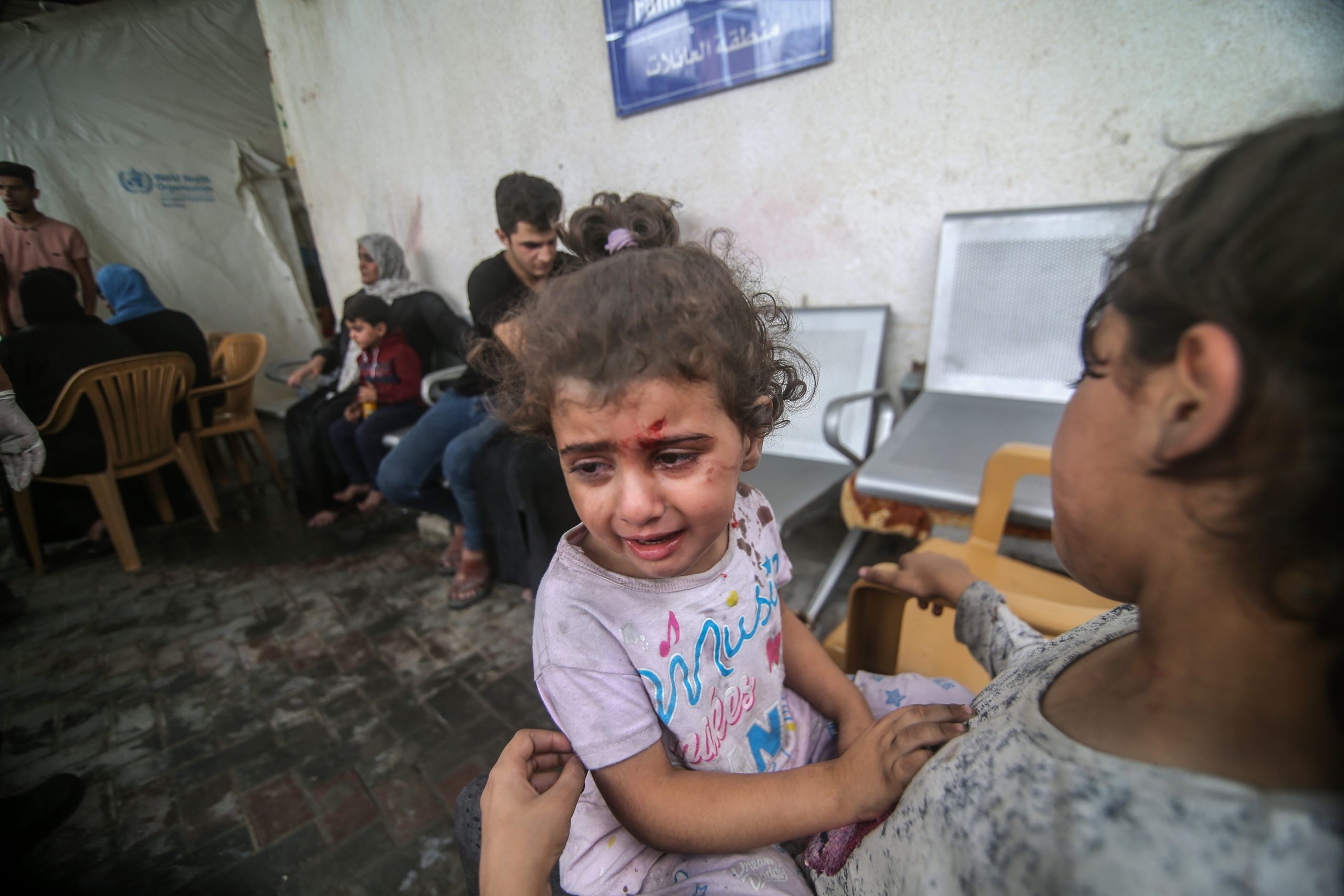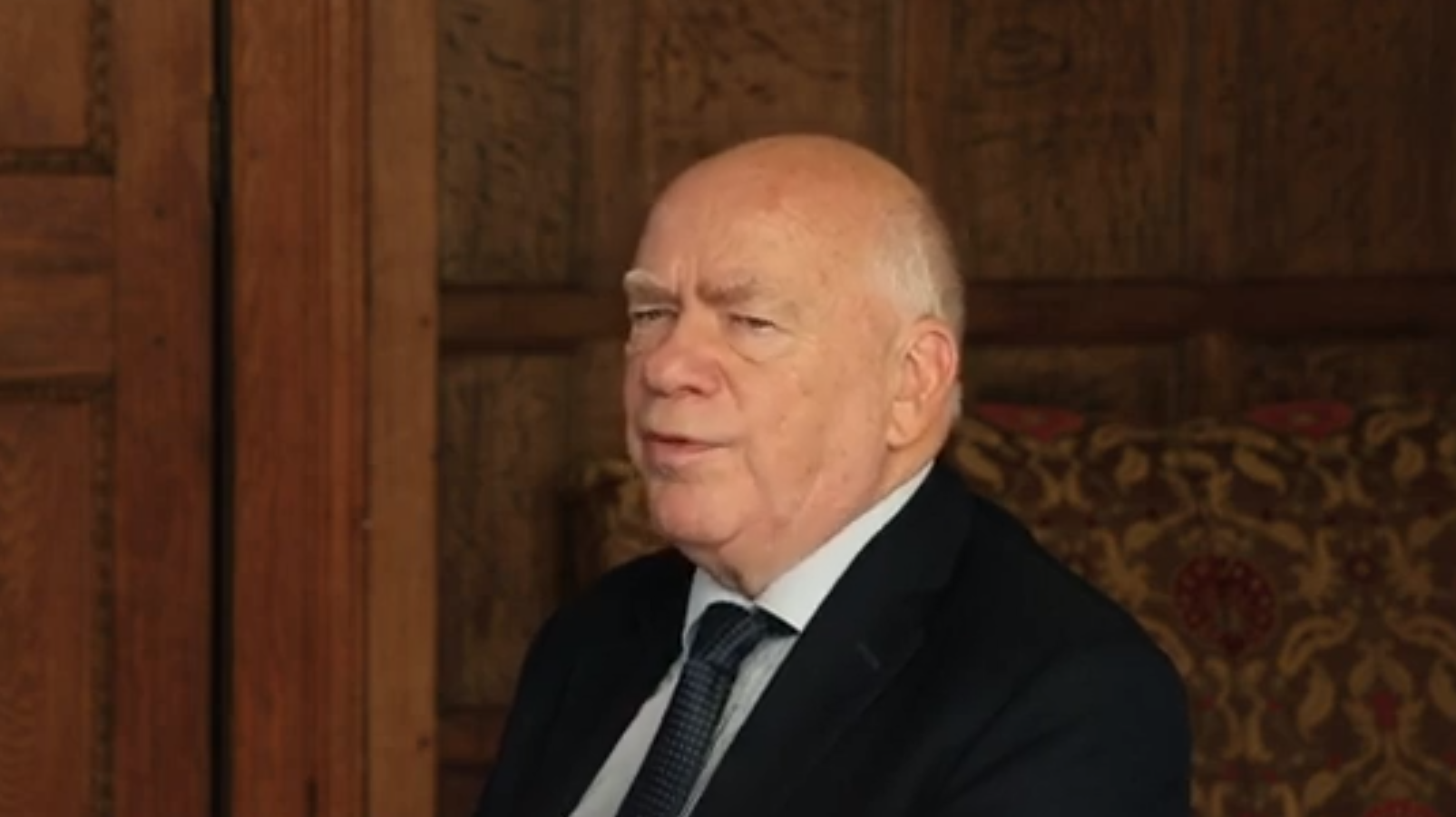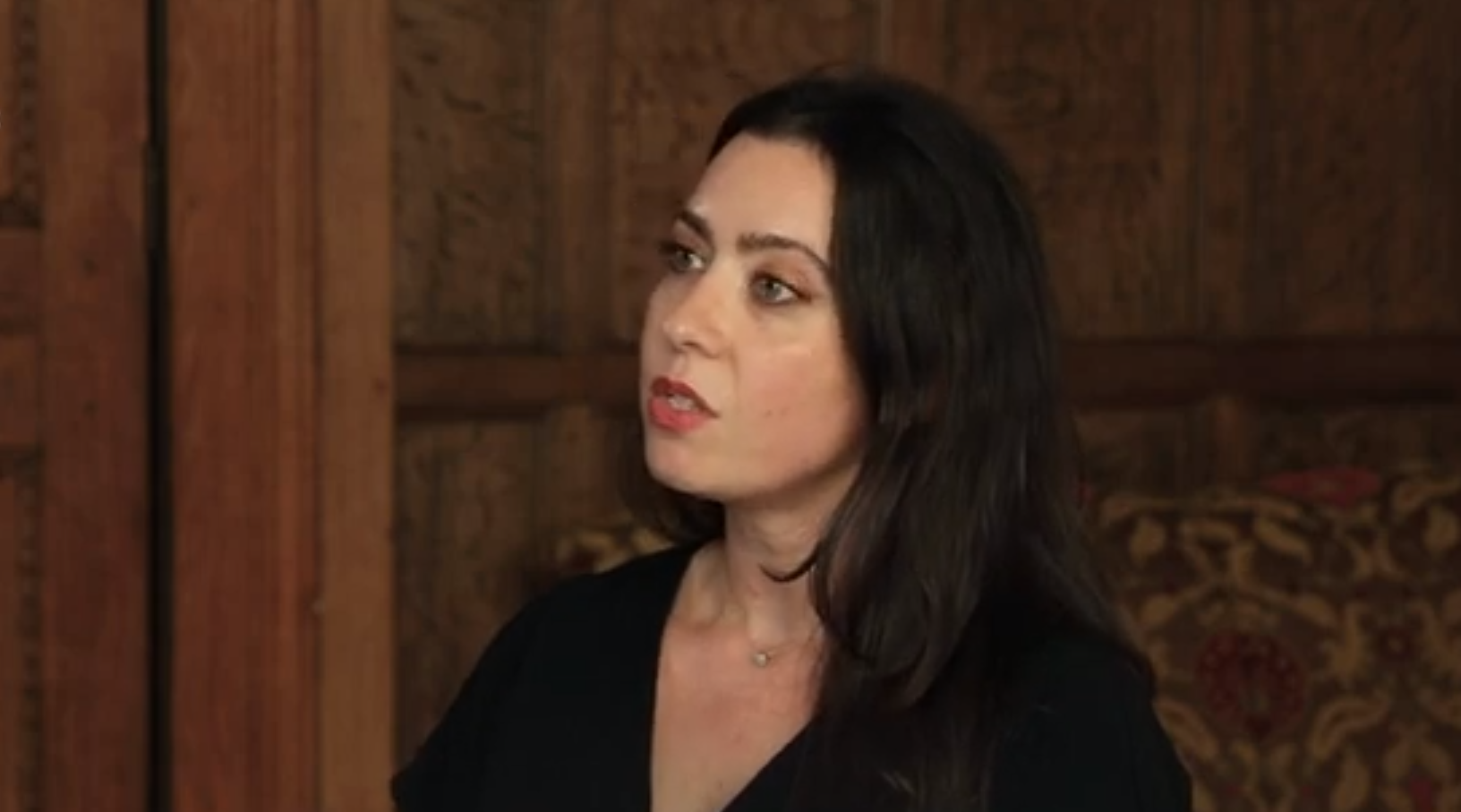In association with the UK Foreign and Commonwealth Office and the Norwegian Ministry of Foreign Affairs
The NPT is a truly global regime, with the consequence that the same geopolitical constituencies operate within it that also feature on the global stage: developing states, the West and its allies, the Non-Aligned Movement, the groups that coalesce within regions, and so on.
The NPT also, of course, possesses distinctive constituencies all of its own: the NWS, the NNWS that nonetheless retain a strong attachment to nuclear deterrence as a guarantor of security, the NNWS with a strong interest in technical assistance and in disarmament, to name only a few.
This produces a uniquely complex set of interactions, and an enhanced understanding of how these constituencies and interactions function will facilitate consensus-building as we approach the 2015 NPT Review Conference.
The regime surrounding the Nuclear Non-proliferation Treaty (NPT) contains a number of overlapping global constituencies. The countries possessing nuclear weapons and the world’s majority of non-nuclear-weapon states, developed and developing nations, Western allies and the Non-Aligned Movement (NAM), regional groups and issue-based coalitions, all engage in a complex set of interactions, a process structured around Review Conferences held every five years. Only through a better understanding of these dynamics can agreement be reached in the future.
This meeting assessed options and opportunities for the difficult 2015 NPT Review Conference. While it remains problematic to measure the past implementation of assumed obligations, the 2010 meeting generated useful instruments, a path that should continue to be pursued in the future. Limited progress appears possible, although both optimistic and pessimistic outlooks were common among participants. Bloc politics play a more complex role than often suggested. While the NAM is likely to continue to champion nuclear disarmament, its abilities to generate significant pressure seem limited. Iran, as NAM chair, will likely be in a better position to shape the message, but unlikely to be able to decisively drive the movement towards its own ends. There appears to be a strong need for informal groupings to help craft consensus at future NPT meetings.
A number of educational institutions, international organizations, and civil society groups offer capacity-building opportunities on nuclear non-proliferation and disarmament issues. Nonetheless, additional resources appear necessary in numerous regions of the world and educators continue to face a number of problems. Nuclear power and its applications continue to play a significant role and the dilemma between access to nuclear technologies and non-proliferation remains current. Many advocate a paradigmatic change in relation to nuclear disarmament and the utility of nuclear deterrence, but transformation seems slow, gradual, and contested.
